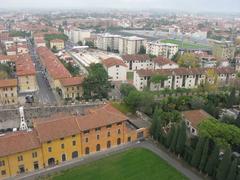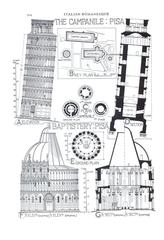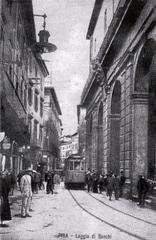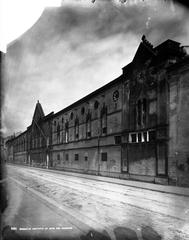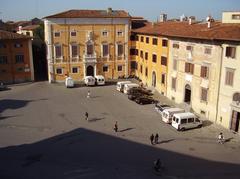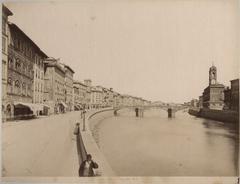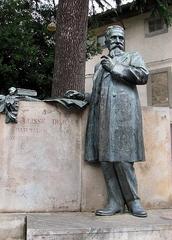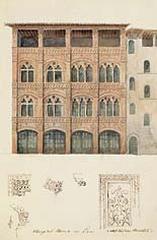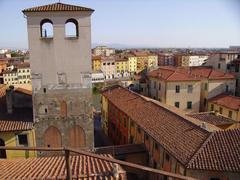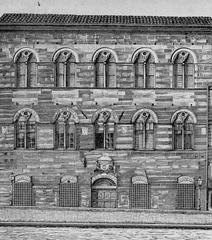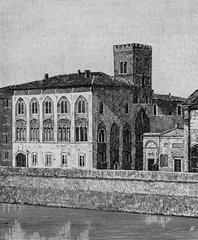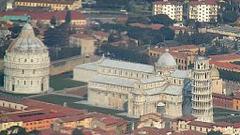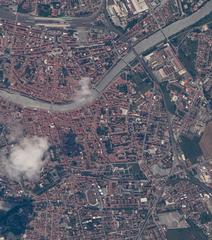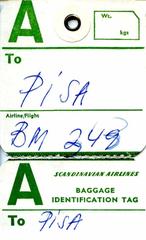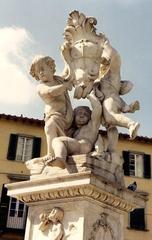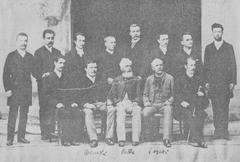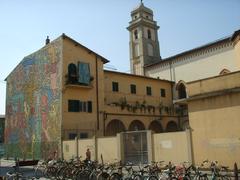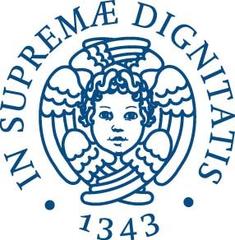Museum of Pathological Anatomy and Histology Pisa: Visiting Hours, Tickets, and Complete Visitor Guide
Date: 14/06/2025
Introduction
Located in the historic heart of Pisa, the Museum of Pathological Anatomy and Histology stands as a testament to the evolution of medical science and the study of human disease. Founded in the 19th century as a part of the University of Pisa’s medical faculty, this unique institution offers visitors—from medical professionals and students to the culturally curious—a rare opportunity to explore centuries of pathological research, anatomical models, and forensic artifacts. The museum’s collections chart the journey of medical knowledge from early autopsy practices to contemporary histopathology, providing both an educational and deeply engaging experience. Its proximity to Pisa’s iconic sites, such as the Leaning Tower and Piazza dei Miracoli, makes it an unmissable destination for anyone seeking to enrich their understanding of science, history, and culture. (University Museum System of Pisa, Finestre sull’Arte, Visit Tuscany)
Table of Contents
- Museum Overview and Historical Background
- Visitor Information
- Travel Tips
- Visuals and Media
- Frequently Asked Questions (FAQ)
- Notable Artifacts and Highlights
- The Museum’s Role in Medical Education
- Recent Developments and Digital Access
- Plan Your Visit
- References and Further Reading
Museum Overview and Historical Background
Origins and Development
The study of pathological anatomy has ancient roots, with early disease observations found in Egyptian papyri such as the Edwin Smith and Ebers Papyrus. However, it was in Italy during the Middle Ages and the Renaissance that systematic human dissections began to transform medical education. Pioneers like Antonio Benivieni and Giovanni Batista Morgagni revolutionized pathology by linking clinical symptoms to autopsy findings. The formalization of pathology as a discipline in the 19th century led to the establishment of the museum in Pisa around 1870, serving both as a research center and a teaching resource. (Museum of Pathological Anatomy History)
Collections and Significance
The museum’s collection is a rich assembly of pathological specimens preserved in blown glass jars, forensic artifacts, rare bone pathologies, and paleopathological finds, including ancient mummies. These displays not only illustrate the progression of medical science but also serve as invaluable educational resources for students and researchers. Sections dedicated to forensic medicine and historical preservation techniques highlight the museum’s multifaceted approach to science and history.
Visitor Information
Opening Hours
- Regular Hours: Tuesday to Sunday, 10:00 AM – 6:00 PM
- Closed: Mondays and public holidays
- Note: During renovations, collections may be temporarily relocated. Confirm the current location and hours on the official website.
Tickets and Admission
- General Admission: €8
- Reduced Admission: €5 (students, seniors, groups)
- Free Entry: Children under 12, University of Pisa students, local residents on special days
- Purchase Options: Online via Sistema Museale di Ateneo or at the entrance
Guided Tours and Educational Programs
Guided tours are offered on weekends and by appointment for groups. The museum also provides educational workshops tailored for students and specialized audiences, focusing on medical history and pathology.
Accessibility
The museum is wheelchair accessible, with ramps and elevators at both its historic and temporary locations. Visitors with specific accessibility needs are encouraged to contact the museum in advance to ensure a comfortable experience.
Location and Nearby Attractions
- Address: Via Roma, 55, 56126 Pisa, Italy (historic site)
- Temporary Location: Cittadella Galileiana, Largo Padre Renzo Spadoni (during renovations)
- Transport: Easily accessible by public transport; Pisa Centrale train station is approximately 1.5 km away. The museum is within walking distance of the Leaning Tower, Piazza dei Miracoli, and the Botanical Garden. (Finestre sull’Arte)
Travel Tips
- Advance Booking: Highly recommended due to limited public hours and frequent demand for guided tours.
- Photography: Non-flash photography is typically allowed in designated areas; always check with staff.
- Language: Most exhibits have Italian labels; English-language materials and tours are available upon request.
- Duration: Allocate 1–2 hours for your visit, especially if joining a guided tour.
- Age Suitability: Best for adults and older children interested in science or history, as some exhibits may be graphic.
- Nearby Sites: Combine your visit with Pisa’s other attractions for a full cultural experience.
Visuals and Media
High-quality images of the museum’s exterior, specimen jars, and key exhibits can be found on the official museum website. Virtual tours, educational videos, and interactive resources are also available, allowing remote exploration of the collections.
Frequently Asked Questions (FAQ)
Q: What are the museum’s opening hours?
A: Typically Tuesday to Sunday, 10:00 AM – 6:00 PM; closed Mondays and public holidays. Always confirm on the official website before your visit.
Q: How much is the admission ticket?
A: €8 for adults, €5 for students, seniors, and groups; free for children under 12 and University of Pisa students.
Q: Are guided tours available?
A: Yes, especially on weekends and by appointment for groups and schools.
Q: Is the museum wheelchair accessible?
A: Yes, at both the historic and temporary locations.
Q: Can I take photos?
A: Non-flash photography is generally permitted; confirm with staff regarding sensitive displays.
Q: Are there virtual resources?
A: Yes, including virtual tours and a digital Histopathology Atlas.
Notable Artifacts and Highlights
- Grand Ducal Era Specimens: Glass-jarred preparations from centuries of anatomical study.
- Forensic Medicine Collection: Medico-legal artifacts and autopsy reports.
- Paleopathological Finds: Ancient skeletons with evidence of trauma, pre-Columbian and Etruscan mummies.
- 19th-Century Wax Models: Meticulously crafted anatomical teaching aids.
- Mascagni Gallery: Monumental watercolor anatomical plates by Paolo Mascagni, masterpieces of scientific illustration.
The Museum’s Role in Medical Education
As a member of the University Museum Network (SMA), the museum is a crucial center for research, education, and public outreach. It supports medical students and researchers with access to rare specimens, teaching archives, and digital resources, while also engaging the wider community through exhibitions and workshops. (University Museum Network (SMA))
Recent Developments and Digital Access
During ongoing renovations, the museum’s collections remain accessible at the Cittadella Galileiana. The digital platform SMArt and resources like the Histopathology Atlas provide online access to collections and virtual microscopy, extending the museum’s reach to a global audience.
Plan Your Visit
- Consult the official website for current opening hours, ticketing, and event updates.
- Download the Audiala app for guided audio tours and visitor tips.
- Explore Pisa’s broader cultural offerings by visiting nearby landmarks and museums.
- Follow the museum on social media for news and educational content.
References and Further Reading
- Stories of Disease and Care - Museum of Pathological Anatomy Pisa
- Museum of Pathological Anatomy History
- Visit Tuscany - Museum of Pathological Anatomy Pisa
- Terre di Pisa - Museum of Human Anatomy
- University Museum Network (SMA)
- Visiting the Museum of Human Anatomy in Pisa, Finestre sull’Arte
- Sistema Museale di Ateneo - University of Pisa Museums
- Histopathology Atlas
